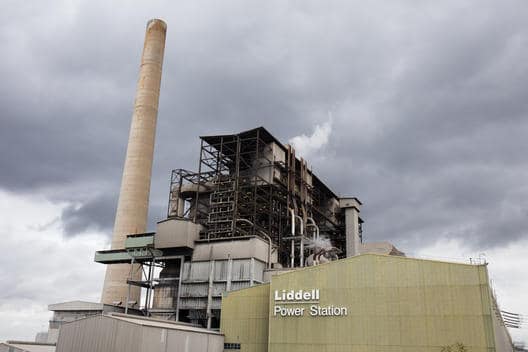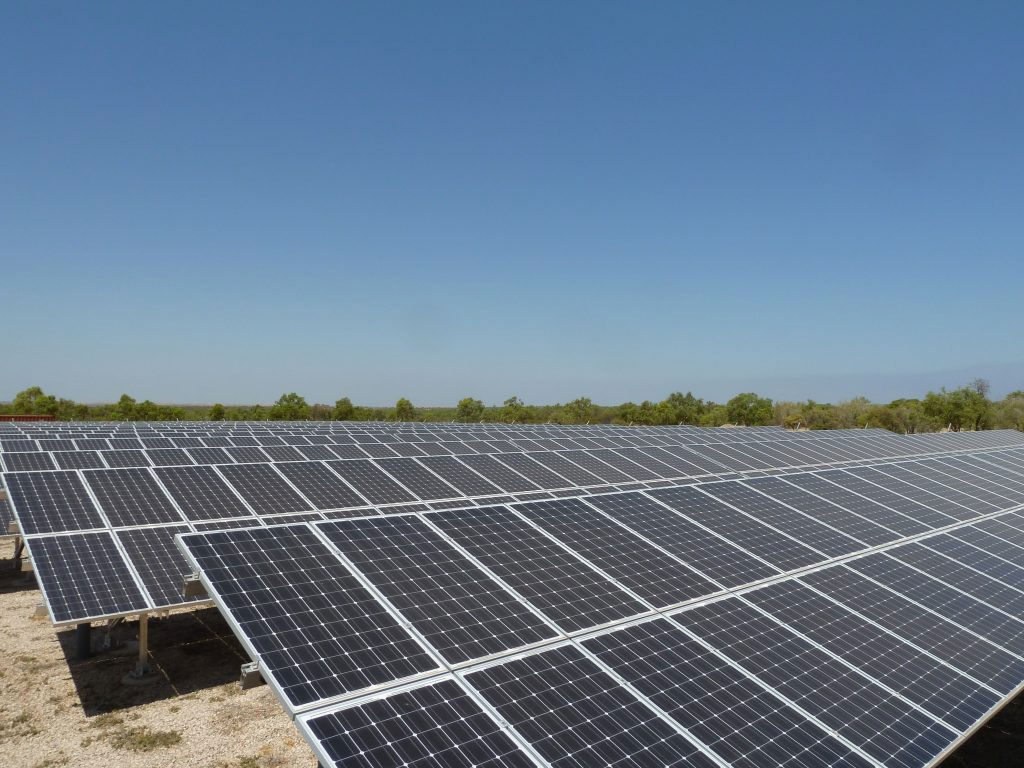An analysis of Australia’s energy market has found the rapid influx of renewables means several of the nation’s 16 coal-fired power stations could be financially unviable by 2025 and at least one may be forced to close several years earlier than planned.
The joint report by United States-based think tank the Institute for Energy Economics and Financial Analysis (IEEFA) and advisory firm Green Energy Markets has highlighted the mounting pressure on coal-fired power stations as a flood of renewable energy hits the grid.
Tracking the announcements of proposed wind and solar projects in Australia, authors Tristan Edis and Johanna Bowyer found previous estimates of future power supply from renewables in the NEM to be understated.
The report forecasts an additional 28 GW or 70,000 GWh (annualised) of renewables is expected to be installed in the NEM in the seven-year period from 2018.
According to the report by 2025 the installed renewables capacity will be 8 GW of utility scale solar, 12 GW of wind and 22 GW of rooftop solar. Renewables are forecast to provide 40-50% of NEM 2025 demand.
“The market is facing a tidal wave of new supply, much greater than anything government authorities or market analysts forecast or even contemplated just two years ago,” Edis said.
“The supply added from 2018 to 2025 equates to over a third of the entire demand in the NEM, and more than eight times the annual generation of the Liddell coal-fired power station in NSW.”
Edis, Green Energy Markets’ analysis and advisory director said the additional renewable energy generation coming online from 2018 to 2025 will be enough to supply 99.9% of the Australian Energy Market Operator’s (AEMO) expected demand growth and 98% of the gap expected to be left following the planned retirement of AGL’s Liddell coal-fired power station in 2023.
Even after filling the demand growth and Liddell gap the report forecasts there will be surplus renewable generation of approximately 57,000 GWh. As a result, coal and gas generators will be displaced in the wholesale market, due to the merit order effect.
Bowyer said this extra supply will lead to a collapse in output from many of the existing fossil fuel generators.
“They will be displaced because wind and solar have no fuel cost and typically bid into the market with prices close to zero,” she said.
“We predict that gas power station output will fall by 78% and coal output by 28% by 2025 compared to 2018 levels.
“The extra competition from wind and solar plants will also have a deflationary impact on wholesale electricity prices, as more expensive gas and coal generators will be needed far less.
“While prices will be more volatile, on average they are likely to return back to the kinds of levels that prevailed in 2015. This is because the extra supply from renewables is several times greater than that lost from the closure of Hazelwood, Northern and Liddell Power Stations.”
The combination of renewable supply displacing output from coal and gas plants, as well as reducing prices, is expected to lead to a huge reduction in revenue for these generators.

Image: Greenpeace
Even with the Liddell power station closing in 2023, the analysis shows individual coal plants are likely to experience wholesale spot market revenue reductions of 44% – 67% between 2018 to 2025. This will drive EBIT (earnings before interest and taxes) reductions for individual coal plants of up to 119% meaning they will lose money.
“Three to five of the remaining 15 coal power stations in the NEM will be under financial stress by 2025 according to our analysis,” Bowyer said.
“In addition to Liddell’s 2023 closure, at least one coal power station exit is likely to occur far sooner than authorities are planning for.”
The report listed the Eraring, Vales Point and Mt Piper coal-fired power stations in New South Wales and Yallourn in Victoria as most vulnerable.
The report comes less than one week after Origin Energy CEO Frank Calabria revealed the Earing power station, the country’s largest coal-fired power plant, was already struggling due to low wholesale prices.
“I would go as far to say that wholesale prices are unsustainable, there will be a supply response — it’s just whether it’s planned or unplanned. And that’s really where the market is at today,” he said, while delivering Origin’s mid-year results.
“I think it’s actually going to be a pretty messy period of time, and I think you will see us running our generation less at Earing. That’s what you’re seeing now.”
Tough times ahead
Origin is one of several energy market corporations which have this year substantially written down the value of their generation assets or cancelled upgrade plans.
AGL has written down more than $2.7 billion of value, due to reduced wholesale power prices and more than $1 billion has been wiped off the value of Queensland government-owned fossil fuel generators as falling wholesale electricity prices.
While a sudden and unplanned exit of coal power plants is highly problematic, Edis cautioned against knee-jerk reactions from governments in response.
“The fundamental problem for coal is that solar and wind is here to stay, and coal plants just aren’t flexible enough to manage around them,” he said.
“Efforts to keep inflexible coal plants afloat, let alone build new coal power plants, are likely to be counter-productive.
“Rather than propping up these plants which are getting very old, we need new government policies that supports private-sector investment in dispatchable power plants that will be viable over the long term.”
The authors pointed to the NSW Government’s Infrastructure Roadmap as an example of how to plan for the future, saying it provides a well-structured and competitive process for underwriting new capacity that can replace coal power plants in advance of their closure.
“With the right policies in place allowing the market to operate and renewable energy supply taking a dominant position, the NEM’s average wholesale power prices are likely to continue to fall – a significant thumbs up for electricity consumers everywhere,” Bowyer said.
This content is protected by copyright and may not be reused. If you want to cooperate with us and would like to reuse some of our content, please contact: editors@pv-magazine.com.









1 comment
By submitting this form you agree to pv magazine using your data for the purposes of publishing your comment.
Your personal data will only be disclosed or otherwise transmitted to third parties for the purposes of spam filtering or if this is necessary for technical maintenance of the website. Any other transfer to third parties will not take place unless this is justified on the basis of applicable data protection regulations or if pv magazine is legally obliged to do so.
You may revoke this consent at any time with effect for the future, in which case your personal data will be deleted immediately. Otherwise, your data will be deleted if pv magazine has processed your request or the purpose of data storage is fulfilled.
Further information on data privacy can be found in our Data Protection Policy.